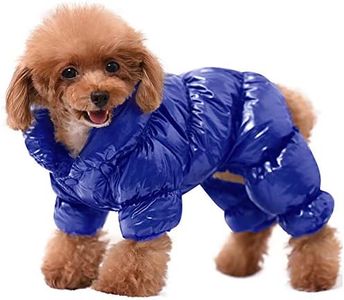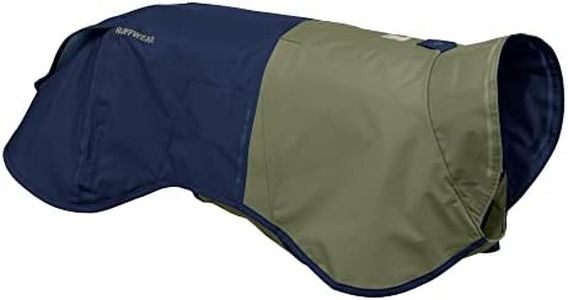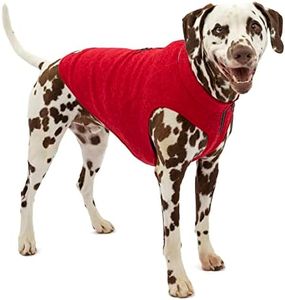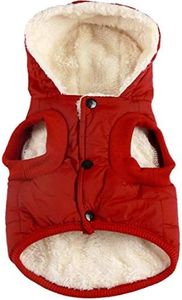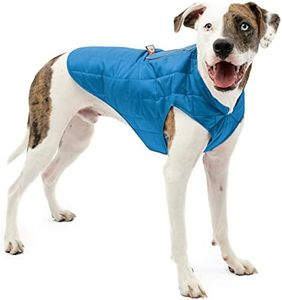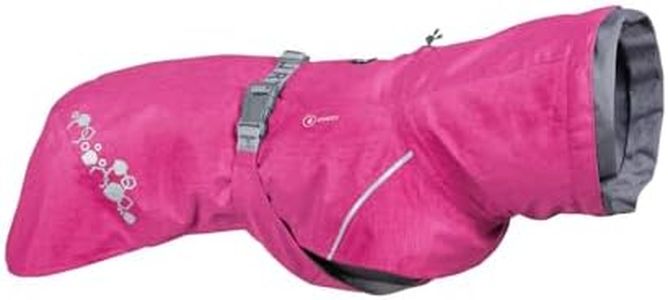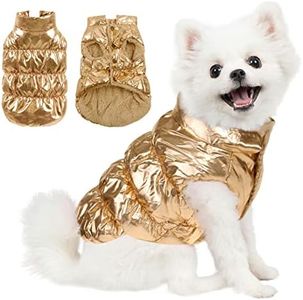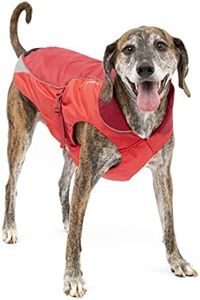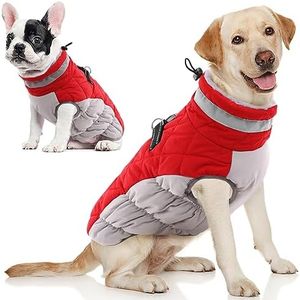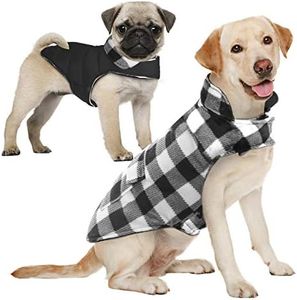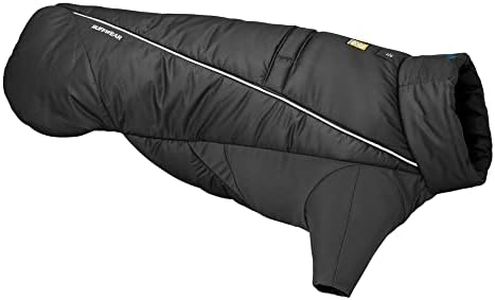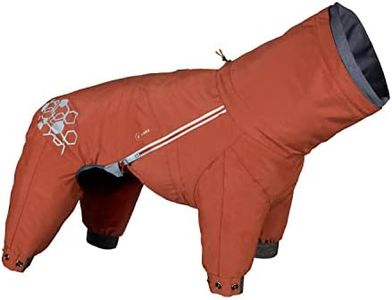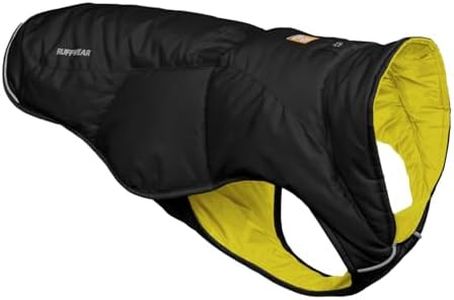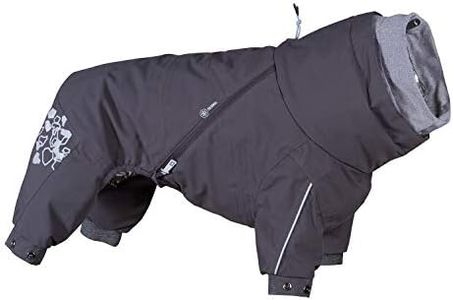Our technology thoroughly searches through the online shopping world, reviewing hundreds of sites. We then process and analyze this information, updating in real-time to bring you the latest top-rated products. This way, you always get the best and most current options available.

Our Top Picks
Winner
Ruffwear, Sun Shower Dog Raincoat, All-Weather Jacket, Waterproof, Windproof & Lightweight, Midnight Blue, Medium
Most important from
690 reviews
The Ruffwear Sun Shower Dog Raincoat is a versatile and practical option for dog owners looking for wet-weather protection. Made from lightweight, waterproof, and windproof nylon, it excels in keeping your dog dry in milder climates or when layered over an insulated mid-layer in colder conditions. Its relaxed fit, with extended coverage around the hips and thighs, ensures comfort and unrestricted movement for your dog. The oversized storm collar offers additional protection during heavy showers.
The coat's ease of use is a highlight, featuring side-release buckles for quick on-and-off and an integrated leash portal for compatibility with most harnesses. Reflective accents enhance visibility in low light, and there's an option to attach a light for added safety. While it does not provide insulation on its own, its ability to be layered makes it adaptable for various weather conditions. The dog coat is machine washable, adding to its convenience.
Its medium size covers a chest size of 32 inches, and the midnight blue color is both stylish and functional. However, it might not be ideal for extremely cold weather unless paired with an additional layer. Suitable for all breed sizes and life stages, the Ruffwear Sun Shower Dog Raincoat is a well-rounded choice for keeping your dog dry and comfortable in wet weather.
Most important from
690 reviews
Buying Guide for the Best Dog Coats
Choosing the right dog coat for your furry friend is essential to ensure their comfort and protection, especially during colder months. The right coat can keep your dog warm, dry, and happy. When selecting a dog coat, consider factors such as the climate you live in, your dog's size and breed, and their activity level. Here are some key specifications to help you make the best choice for your dog.FAQ
Most Popular Categories Right Now
